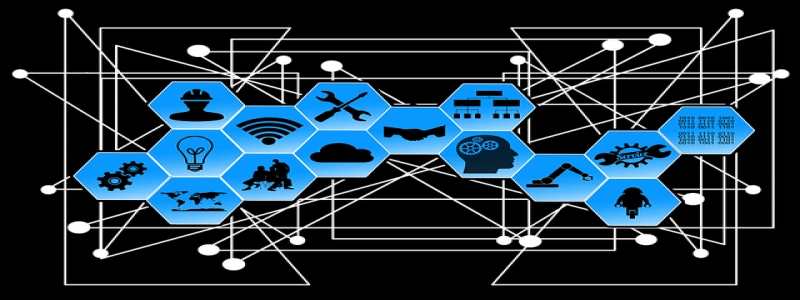Ethernet/IP Protocol
Introdução
Ethernet/IP (Internet Protocol) is a widely used industrial communication protocol that allows devices to communicate over an Ethernet network. It is an open standard developed by the ODVA (Open DeviceNet Vendor Association) and is based on the Common Industrial Protocol (CIP). Ethernet/IP is widely adopted in industrial automation applications for real-time control and monitoring.
Visão geral
Ethernet/IP is built on top of the Ethernet physical and data link layers. It provides a common communication framework for devices from different manufacturers to exchange data seamlessly. The protocol uses the TCP/IP (Transmission Control Protocol/Internet Protocol) suite for higher-level communication.
Protocol Layers
Ethernet/IP protocol follows a layered design, which enables scalability and flexibility in the communication system. The protocol stack consists of the following layers:
1. Application Layer: This layer defines the application-specific data objects and services used in the Ethernet/IP network. It includes the object model and services for device configuration, data exchange, and device control.
2. Messaging Layer: The messaging layer handles the exchange of data between devices. It includes message types such as explicit messages, which enable peer-to-peer communication between devices, and implicit messages, which support multicast and broadcast communication.
3. Transport Layer: The transport layer manages the delivery of messages within the network. It ensures reliable, ordered, and secure communication between devices. The Common Industrial Protocol (CIP) uses the TCP/IP suite for transport layer communication.
4. Network Layer: The network layer handles the routing of data packets in the Ethernet network. It provides logical addressing and routing capabilities, allowing devices to communicate with each other across different subnets or networks.
Benefits of Ethernet/IP
Ethernet/IP offers several benefits that make it a preferred protocol for industrial automation:
1. Compatibility: Ethernet/IP is compatible with standard Ethernet networks, allowing easy integration with existing infrastructure.
2. Interoperability: The protocol enables devices from different manufacturers to work together seamlessly, ensuring interoperability in industrial environments.
3. Scalability: Ethernet/IP supports a wide range of network sizes, from small local networks to large-scale enterprise-wide networks, making it highly scalable.
4. Real-time Performance: Ethernet/IP provides deterministic and reliable communication, ensuring real-time control and monitoring capabilities in industrial applications.
5. Security: The protocol includes security features such as authentication, encryption, and access control, ensuring secure communication and protecting sensitive data.
Conclusão
Ethernet/IP is a powerful industrial communication protocol that enables seamless integration and interoperability of devices in industrial automation applications. Its layered design, compatibility with standard Ethernet networks, and real-time performance make it a preferred choice for modern industrial networks. With its scalability and security features, Ethernet/IP offers a reliable and robust communication solution for industrial automation systems.








